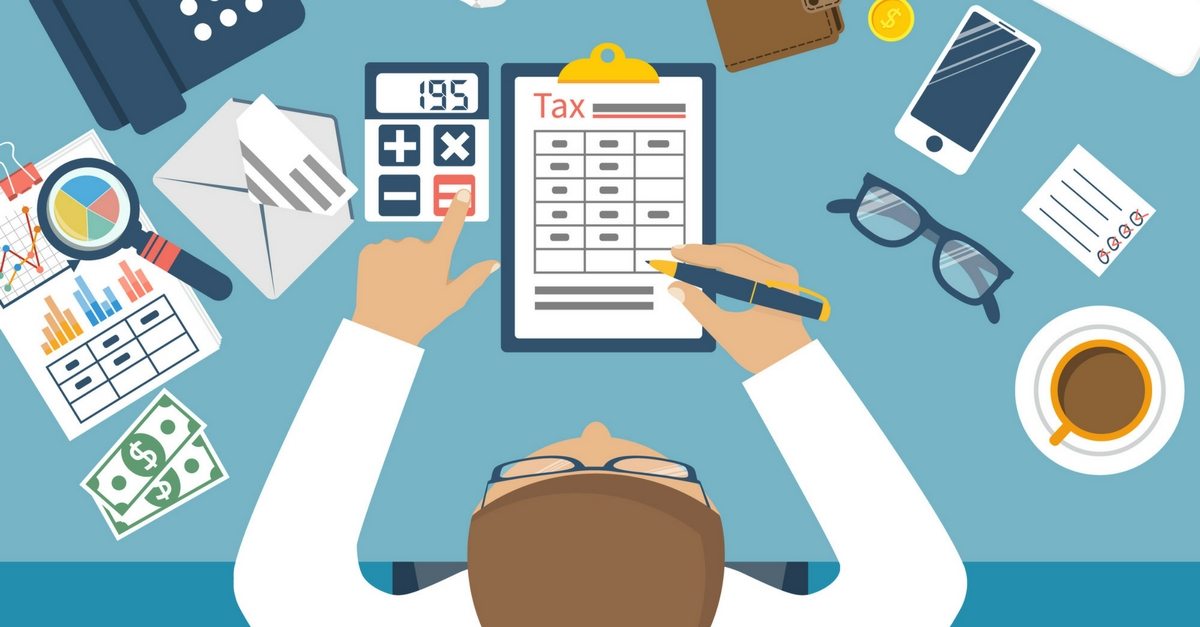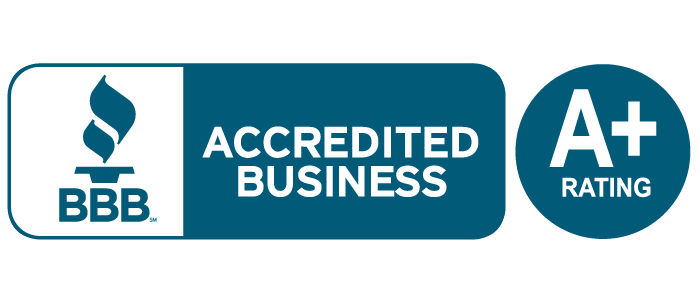
Many Canadians fall behind on filing their taxes at one point or another. You may be avoiding filing your taxes because you fear you have a balance owing, are self-employed or have a complex tax situation, or you have been pre-occupied with a stressful life event.
It doesn’t matter the reason, continuing to delay filing your taxes is not dealing with the problem. In this article, I’ll explain what happens if you haven’t filed your income taxes, why it’s important to act, and how to deal with any tax debt you might owe.
Table of Contents
What Happens If You Don’t File Your Taxes?
It’s easy to hope the Canada Revenue Agency (CRA) won’t notice a missed return, but with audits and data-matching systems in place, they will eventually catch up to most taxpayers. Here’s what can happen if you don’t file your taxes in Canada.
Late-Filing Penalties & Interest
If the CRA determines you owe taxes for any given year and you file late, they charge a late-filing penalty of 5% of your unpaid balance, plus 1% for every full month it remains outstanding (up to 12 months). Interest also accrues on the amount you owe, compounding daily. If you’ve been late in previous years, the CRA can increase these penalties to 10% of your balance plus 2% per month, for up to 20 months.
Arbitrary (Notional) Assessments
If you don’t file a return, the CRA can file one on your behalf based on information from your T4 or other sources — commonly called an “arbitrary” or “notional” assessment. This tax assessment usually omits deductions or credits that could lower your taxes, potentially inflating your final bill.
Potential Missed Credits or Refunds
You may assume you owe taxes, but it’s also possible you owe nothing — or might even be entitled to a refund or tax credits. By not filing, you forfeit or delay any benefits such as the GST/HST credit or other provincial/territorial assistance programs. You’re also missing out on potential refundable credits that could put money back in your pocket.
Enforcement Actions
If the CRA believes you owe money, it can escalate to:
CRA’s No-Filer Program
Under this program, the CRA identifies individuals who have not filed required returns. They use data from employers, financial institutions, and government agencies to determine if you owe taxes. If you continue to avoid filing, the CRA may assess you on its own and pursue collection efforts, sometimes before you can claim legitimate deductions.
Criminal Offence
Failing to pay your taxes is not a crime. However, not filing your return at all can be considered tax evasion under the Income Tax Act. If convicted, you could face fines ranging from $1,000 to $25,000 — or even imprisonment of up to one year. In more serious cases (under Section 239), a conviction can lead to fines between half to double the amount evaded and up to two years in prison.
Not filing your tax returns doesn’t protect you from owing money. It usually means you’re missing out on opportunities to reduce your tax bill and you are likely risking further penalties or legal action.
How to File Overdue Tax Returns
Even if you haven’t filed your taxes in years, it’s never too late to catch up. Here’s a straightforward plan:
1. Gather Your Documents
Collect T4s, T5s, receipts, and other tax slips for each missing year. If you can’t find certain documents, you can often request copies from your employers, financial institutions, or the CRA.
2. Talk to a Qualified Tax Professional
A tax preparer or tax lawyer can guide you on how to file multiple years at once. They’ll also help you maximize any tax credits or refunds you might be missing.
3. File Your Outstanding Returns
Submitting your late returns can halt further penalties or interest from piling up. Once filed, you’ll have an accurate picture of your tax situation—this often relieves a lot of stress and can help you regain access to benefits. If you have a simple return, you can print a copy of the most recent tax package from the CRA website, attach your documents, sign it and mail it to CRA, avoiding expensive tax preparation fees.
4. Explore Payment or Debt Relief Options
If it turns out you owe more than you can repay, your best approach is to talk with a Licensed Insolvency Trustee about both informal and formal paths to manage that debt. I discuss these options in the next section.
Voluntary Disclosure Program: If the CRA has not already contacted you about missing returns, you may be eligible for the Voluntary Disclosure Program. This can let you file past returns and pay what you owe without some of the typical penalties. However, if the CRA has reached out first, this program may no longer apply.
Dealing with Tax Debt: Your Options
Once you’ve caught up on your filings, you might discover you owe more than you can comfortably pay. Don’t panic — there are several strategies to help you manage or reduce that debt.
Payment Arrangements with CRA
If you can afford to repay over time, the CRA may allow a payment plan. However, this doesn’t reduce your overall tax debt, but it can prevent further enforcement action.
Consumer Proposal
A consumer proposal is a legally binding arrangement through a Licensed Insolvency Trustee that consolidates and can reduce unsecured debts — including taxes. Once filed, it stops wage garnishments and collection calls. You keep your assets and make one manageable monthly payment.
Bankruptcy
Bankruptcy can discharge most unsecured debts, including taxes. Also administered by a Licensed Insolvency Trustee, this option should be considered if you can’t afford a payment arrangement or consumer proposal.
Getting a Loan
If the debt is smaller, a loan to pay your taxes might help but should be considered carefully. Each person’s situation is unique, so the right choice depends on factors like your total tax debt, income, credit score and interest rates.
Please note, if you want to negotiate with the CRA, through a consumer proposal or otherwise, you must file all outstanding tax returns first. The CRA generally won’t discuss a settlement until your returns are current.
Worried about owing back taxes?
Unfiled tax returns can be a source of constant worry, but you don’t have to face it alone. At Hoyes Michalos, we specialize in helping Canadians handle overdue returns, CRA debt, and other financial obstacles. We’ll walk you through every option—so you can file your taxes, deal with any debts, and move forward with confidence.
Contact us for a free, confidential consultation. We’ll help you evaluate your debt relief options when dealing with the Canada Revenue Agency and give you the support you need to get back on track.
Are Taxes Forgiven After 10 Years in Canada?
There’s a common misconception that after 10 years, tax debt simply disappears. The reality is that while the CRA has a 10-year limitation period on collecting certain debts, it often takes legal action (like garnishments or liens) to keep the debt active. Counting on the 10-year rule rarely works and can lead to more penalties and stress.
Staying Current & Avoiding Future Issues
Tax Deadlines & Extensions
- Generally, you must file by April 30. If you mail in your return, ensure it’s postmarked on or before this date.
- If you or your spouse is self-employed, the filing deadline is June 15, but you still must pay any balance owing by April 30 to avoid interest.
- Corporations typically have up to six months after their fiscal year-end to file, but this can vary.
Keep Records Year-Round
Keep a simple folder—digital or physical—for documents, notices, and receipts. This helps you avoid the scramble at tax time.
Get Advice Early
Whether you have questions about filing multiple past returns or you’re worried about a large debt, talking to a financial professional can prevent bigger issues down the line.
Falling behind on tax returns is more common than you might think, but the consequences escalate the longer you wait. By filing now, you’ll reduce penalties, clarify your true balance, and potentially uncover credits or refunds. With help from tax professionals — and, if necessary, a Licensed Insolvency Trustee — you can resolve overdue returns and put your tax worries behind you.





